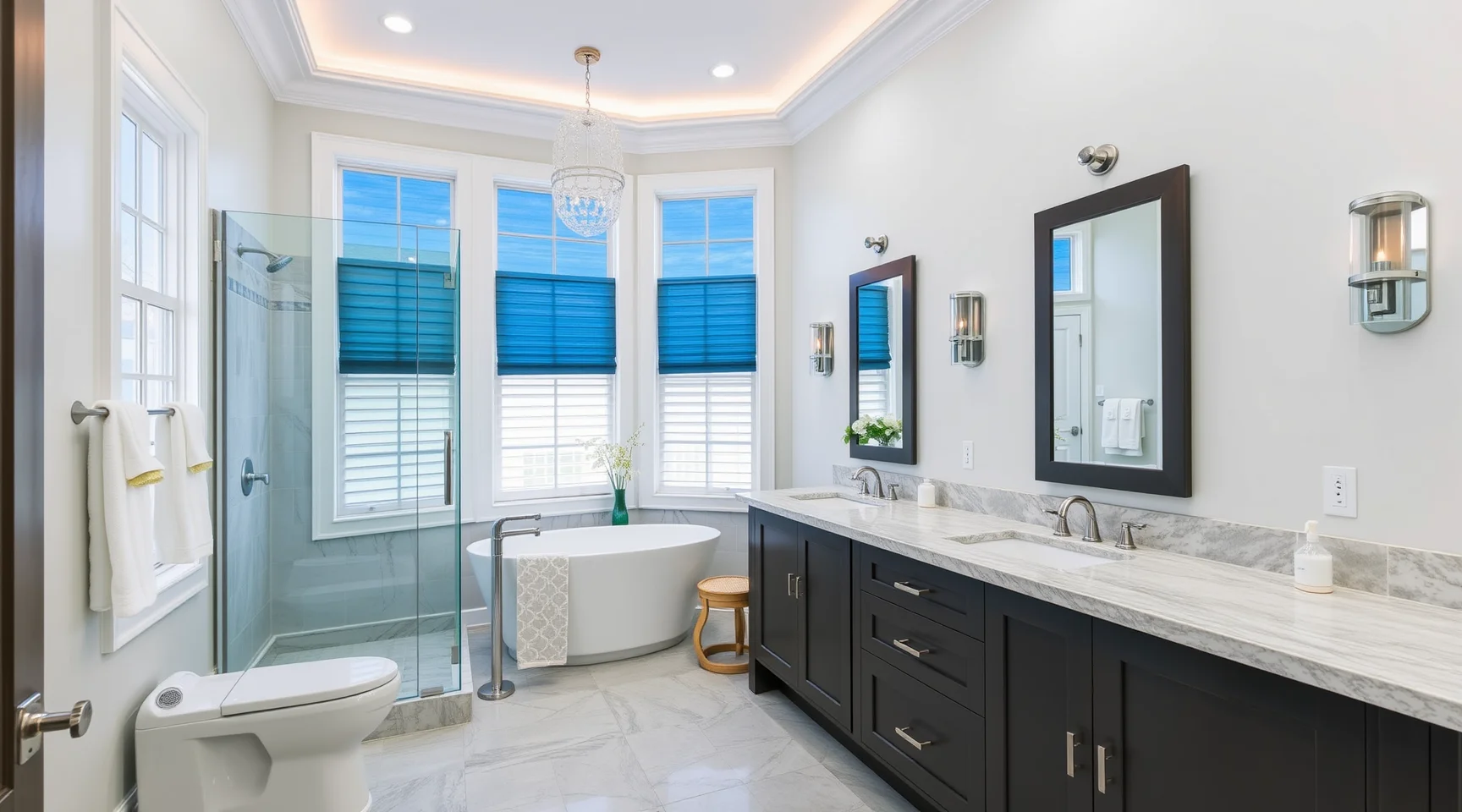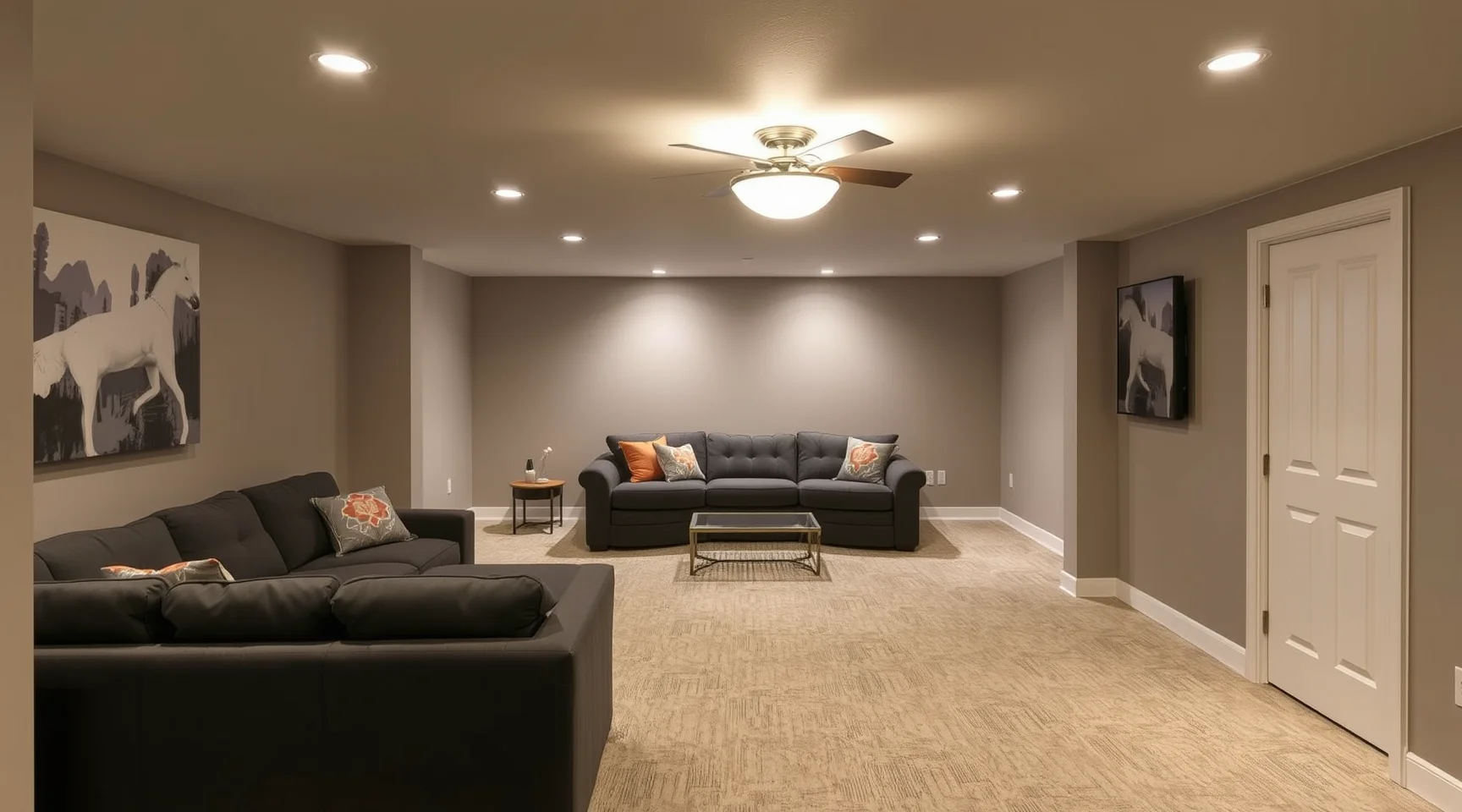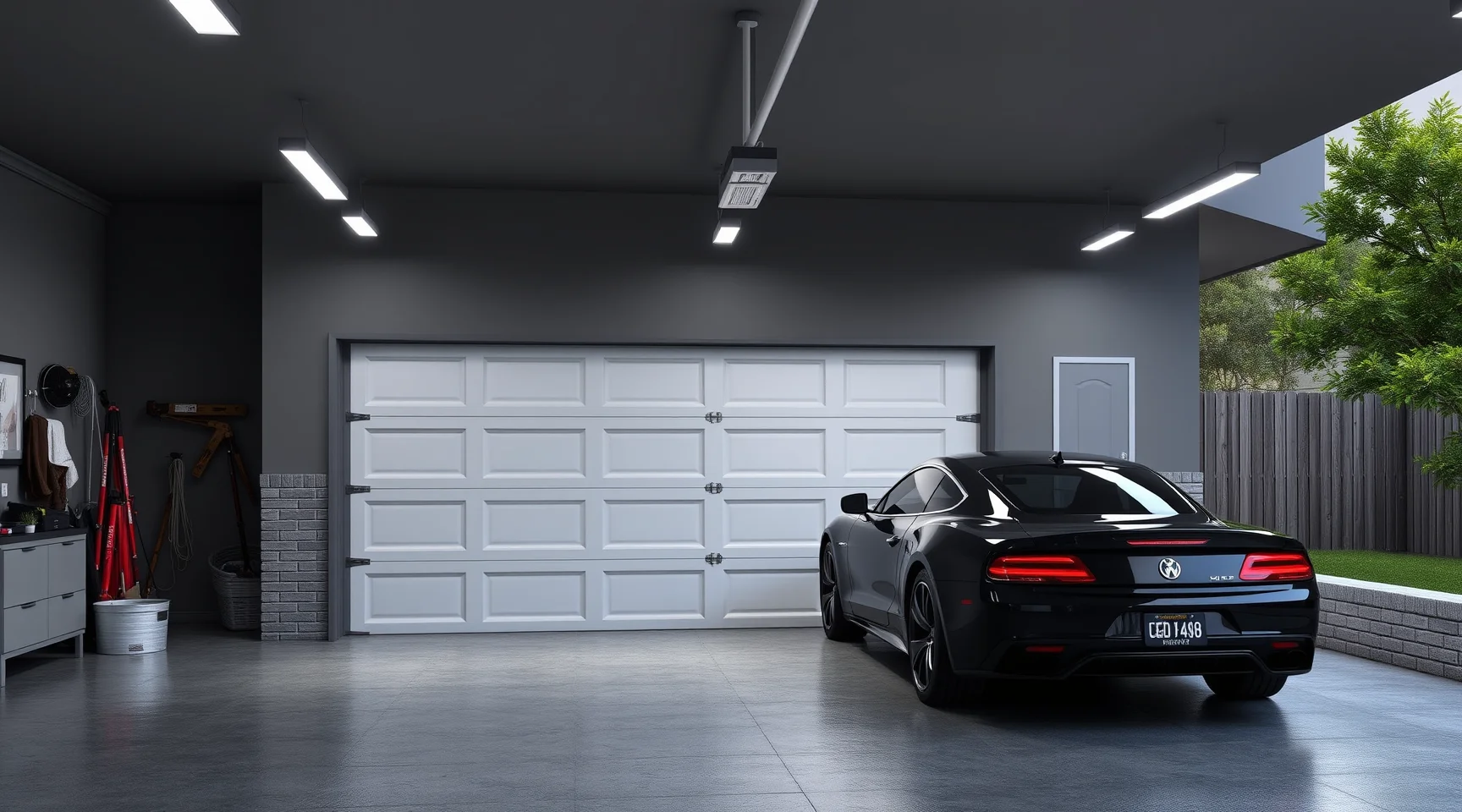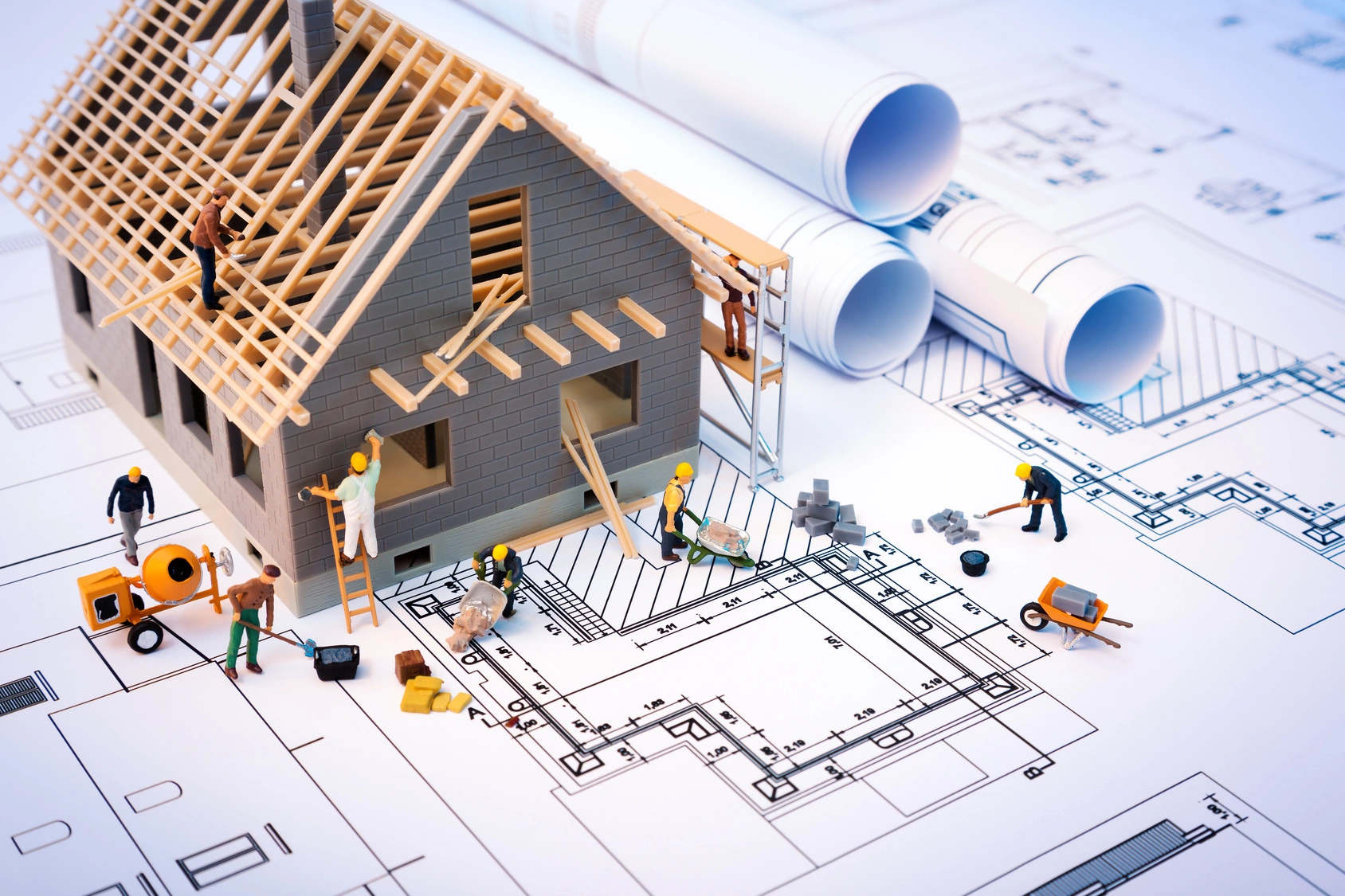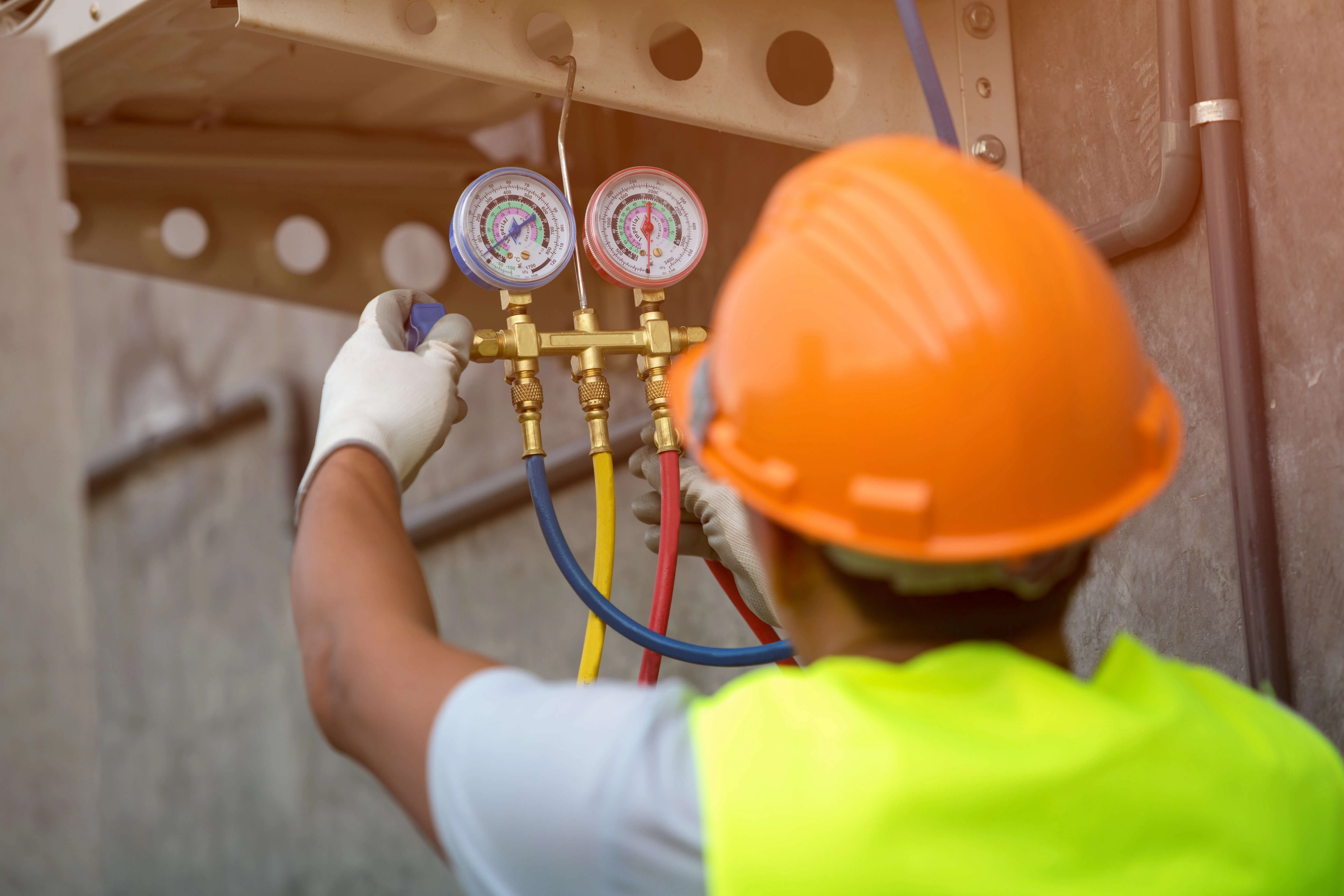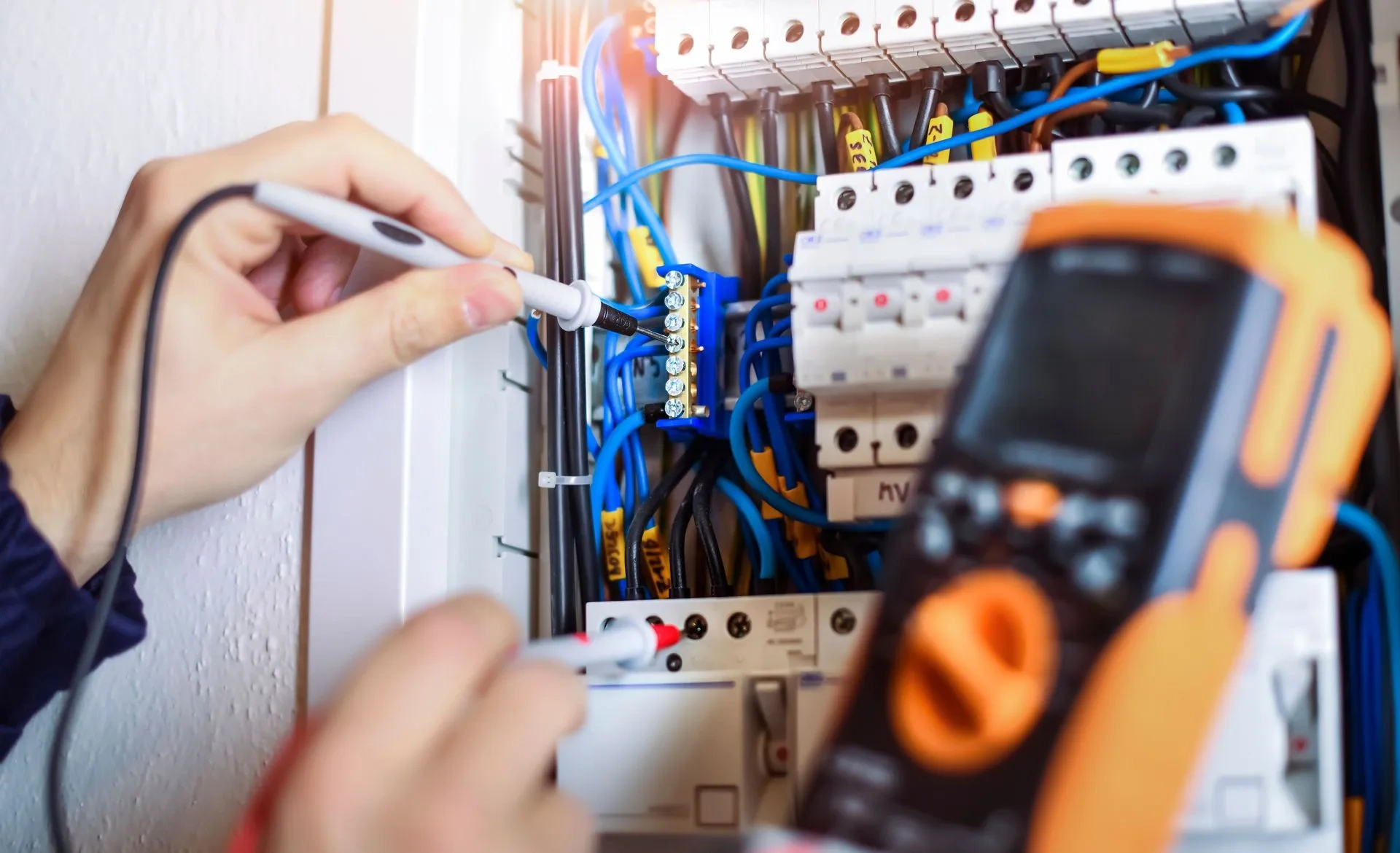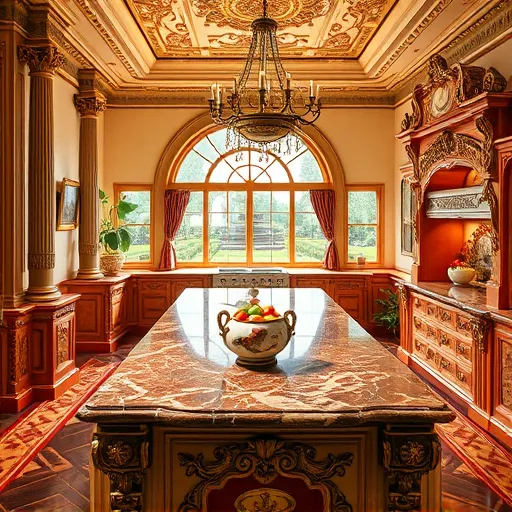
Kitchen Design 3D Model | Advanced 3D Kitchen Visualization
Why Is a Kitchen Design 3D Model Essential for Your Renovation?
Embarking on a kitchen renovation can be an exciting yet daunting journey. One of the most transformative tools available today is the kitchen design 3D model. This innovative approach allows homeowners and designers to visualize a space before a single tile is laid or cabinet installed. A detailed 3D model acts as a blueprint, offering clarity, precision, and a chance to experiment with ideas without commitment.
But why is it so critical? First, a kitchen design 5 x 6 model enables you to see proportions and spatial arrangements realistically. It also helps in identifying potential problems—such as inadequate lighting or tight spaces—early in the planning process. This saves money and time down the line, ensuring your vision aligns perfectly with the practicalities of your home.
How Does a Kitchen Design 3D Model Enhance Your Visualization?
Visualization is often the greatest challenge when conceptualizing a new kitchen. A kitchen design 3D model elevates this process by providing a lifelike rendering of your intended space. Unlike traditional blueprints or 2D drawings, 3D models allow you to walk through the design virtually, providing a sense of scale, depth, and ambiance.
Imagine being able to see how natural light filters through your windows at different times of the day or how a splash of color on the walls complements your cabinetry. These insights are invaluable and difficult to achieve without immersive visualization. For example, framing your choice of cabinet heights with an 8-foot ceiling kitchen cabinet design in a 3D model helps in assessing whether your selections make space feel open or crowded.
What Are the Key Steps to Creating an Accurate Kitchen Design 3D Model?
What initial measurements are necessary to start a kitchen design 3D model?
Accurate measurements form the foundation of any effective 3D model. Begin by measuring the dimensions of your kitchen space—length, width, and ceiling height. Don't forget to note locations of electrical outlets, plumbing, existing windows, and doors. Using a laser distance measurer can enhance precision.
How do you choose the right tools or software for creating a kitchen design 3D model?
Numerous software options cater to different skill levels, from beginner-friendly apps to professional-grade programs. Popular choices include SketchUp, 3ds Max, and professional CAD software. Many online platforms also offer customizable templates tailored for kitchen remodeling, simplifying the process for homeowners.
How can collaboration with designers improve the outcome of your kitchen design 3D model?
Working with experienced designers ensures your model captures your vision accurately. Sharing your goals and preferences allows them to suggest innovative solutions, evaluate space utilization, and incorporate trending design elements seamlessly. For example, a professional might recommend contemporary finishes highlighted in a contemporary kitchen remodel.
What Are the Benefits of Using a 3D Model for Kitchen Cabinet Selection?
Choosing cabinets is a pivotal decision in any kitchen remodel. A kitchen design 3D model enables you to visualize different cabinet styles, colors, and configurations within your space. It provides a realistic preview of how they will look with countertops, flooring, and other elements.
To optimize your cabinet choices, consider the impact of ceiling height on cabinet installation. For instance, planning for 8-foot ceiling cabinets can maximize storage while maintaining aesthetic balance. The 3D model helps you assess whether these tall cabinets fit comfortably without overwhelming the room.
How Can a Kitchen Design 3D Model Assist in Budget Planning?
Accurate visualization assists in estimating costs more effectively. By experimenting with various materials, finishes, and layouts within the model, you can identify cost-effective options that align with your financial plan.
Learn how to accurately calculate your renovation expenses through detailed analysis, which can be complemented by your 3D visualization plans. Check out how to calculate kitchen renovation expenses for comprehensive guidance.
What Are Common Challenges Faced When Creating a Kitchen Design 3D Model?
Accuracy of measurements: Inaccurate initial measurements can lead to flawed models.
Software learning curve: Some platforms require time to master their features.
Balancing aesthetics and functionality: Visual appeal should meet practical needs, not overshadow them.
How Can You Maximize the Effectiveness of Your Kitchen Design 3D Model?
Incorporate real samples or images of materials and finishes to see how they translate in 3D.
Use lighting simulations within the model to identify issues and opportunities for ambiance enhancement.
Seek professional feedback to refine your design, ensuring it aligns with both your style and structural constraints.
What Are the Best Practices for Finalizing Your Kitchen Design 3D Model?
Once you've built your initial model, review it thoroughly from various angles. Validate measurements by cross-referencing physical space with digital plans. Prioritize functional aspects—such as workflow, storage, and accessibility—while maintaining aesthetic harmony. Finalize material choices by viewing renderings in different lighting conditions, helping you make confident decisions.
How Does a Kitchen Design 3D Model Influence the Remodeling Process?
Having a detailed 3D model acts as a blueprint for contractors and suppliers, ensuring everyone is aligned with your vision. It reduces misunderstandings, streamlines procurement, and facilitates accurate craftsmanship. When used effectively, this digital tool can significantly accelerate project timelines and improve overall quality.
Frequently Asked Questions (FAQs)
How does a kitchen design 3D model differ from traditional 2D drawings?
While traditional 2D drawings provide essential spatial information, 3D models offer a lifelike, immersive visualization. They help homeowners understand spatial relationships, lighting, and aesthetic aesthetics more intuitively, reducing guesswork.
Can I create a kitchen design 3D model myself?
Yes, with user-friendly software options now available, many homeowners can develop basic models. However, for complex designs or professional-quality renderings, consulting with an experienced designer may be advantageous.
How long does it typically take to create a detailed kitchen design 3D model?
The timeline varies depending on the complexity of your project and your familiarity with design tools. Simple models may take a few days, whereas more intricate designs can require several weeks for refinement and approval.
What enhancements can I make to my 3D model to improve my kitchen design?
Consider adding detailed texture and material options, experimenting with different lighting scenarios, and incorporating appliances and fixtures for realistic staging. Collaboration with professionals can also introduce innovative ideas that elevate your design.
In Summary: Embrace the Power of a Kitchen Design 3D Model
Creating a kitchen design 3D model is more than a technological upgrade—it's a wise investment in realizing your dream kitchen. It empowers you to make informed decisions, reduce costly mistakes, and communicate your vision clearly to all stakeholders. With meticulous planning, the right tools, and professional guidance, your custom kitchen can become an inspiring centerpiece of your home.
Ready to take the next step? Explore the possibilities and start visualizing your perfect kitchen today with expert insights from Alpha Omega Home Remodeling.



